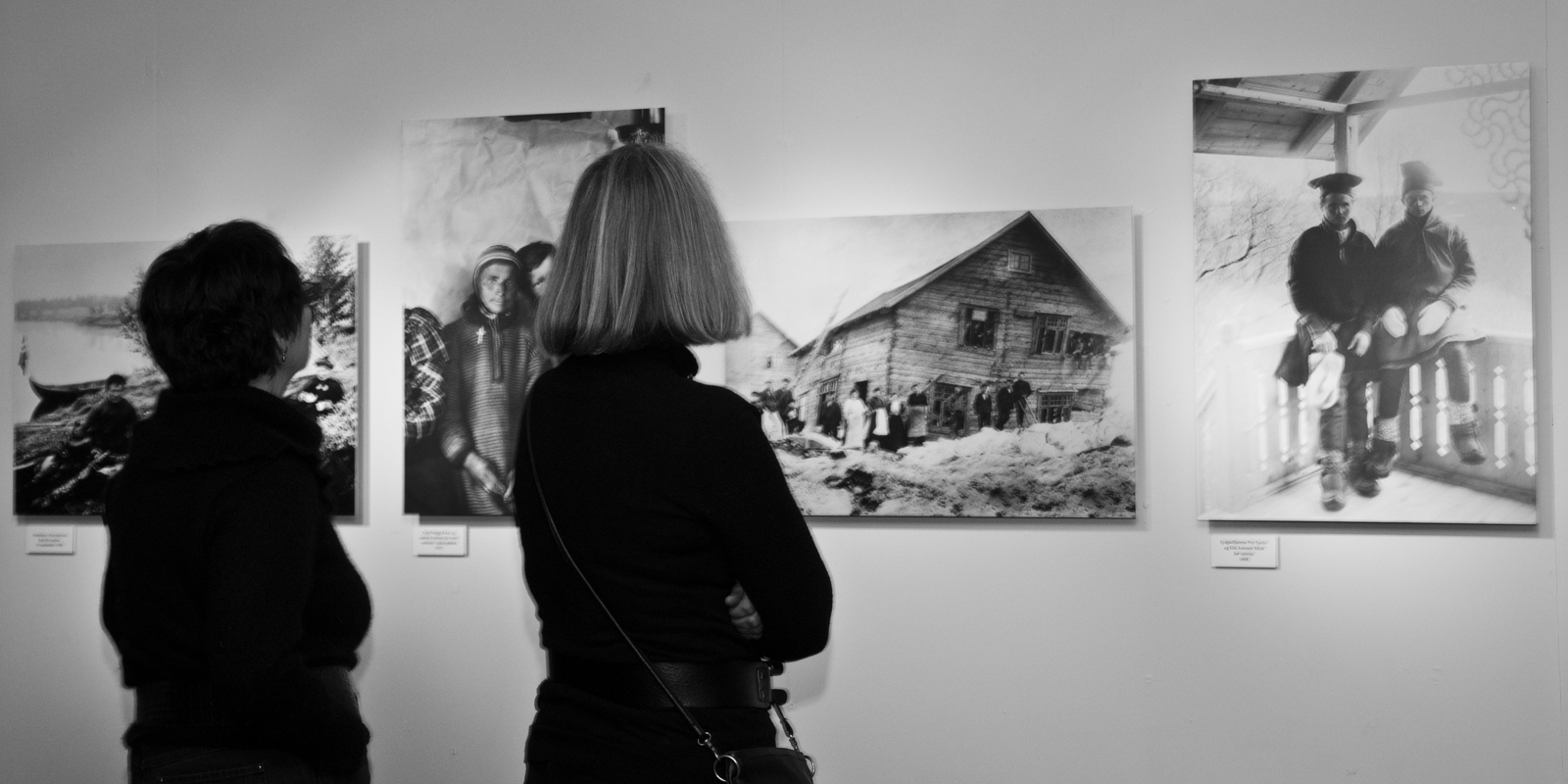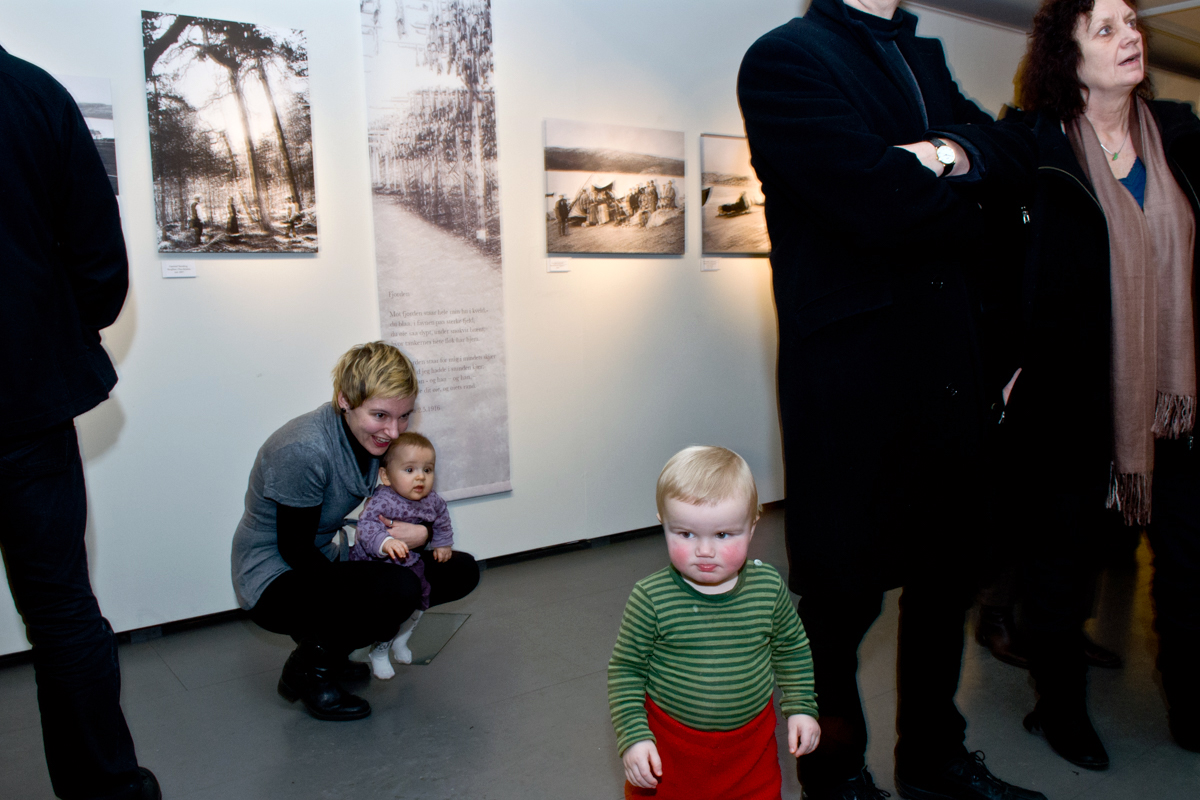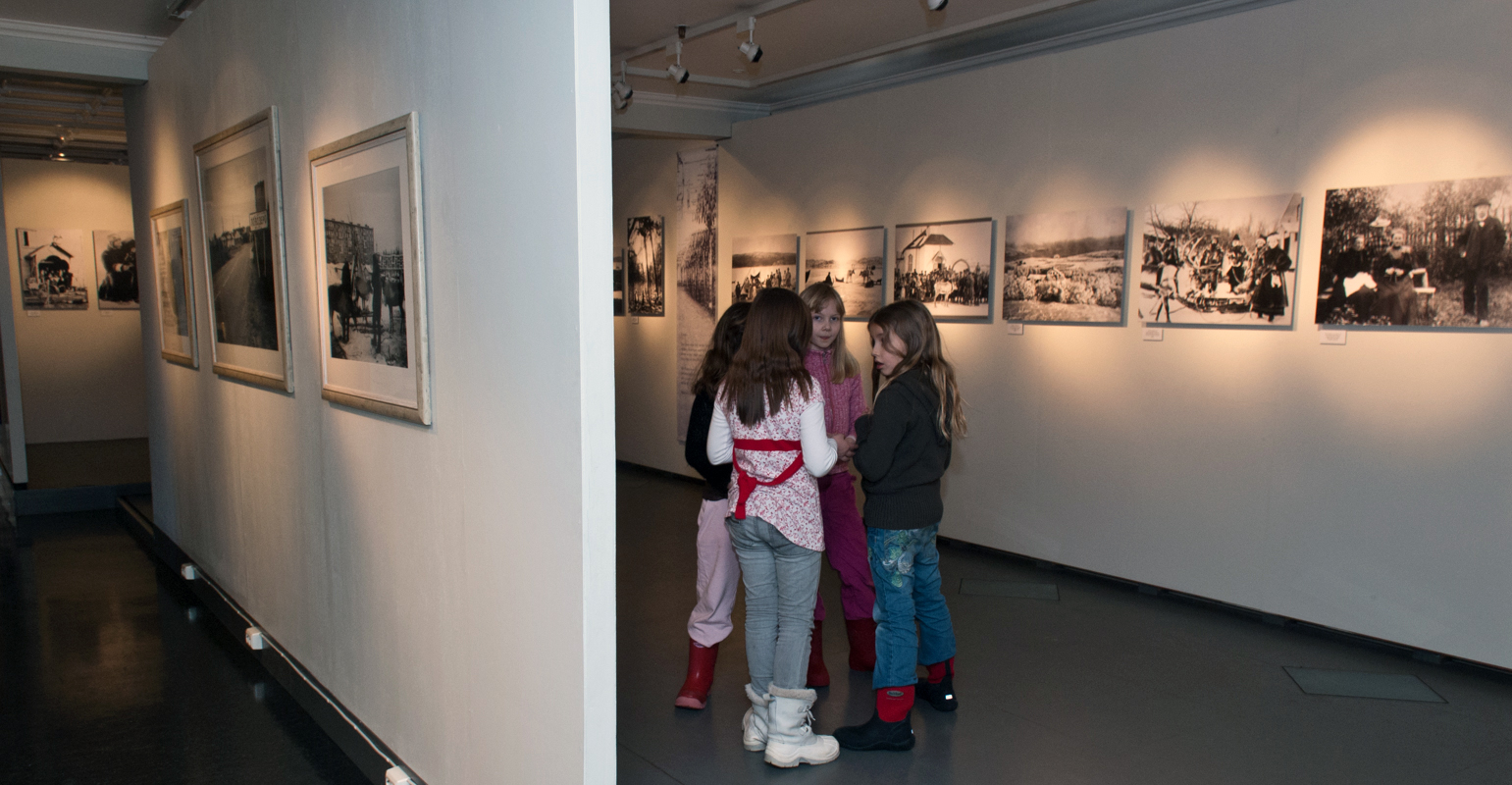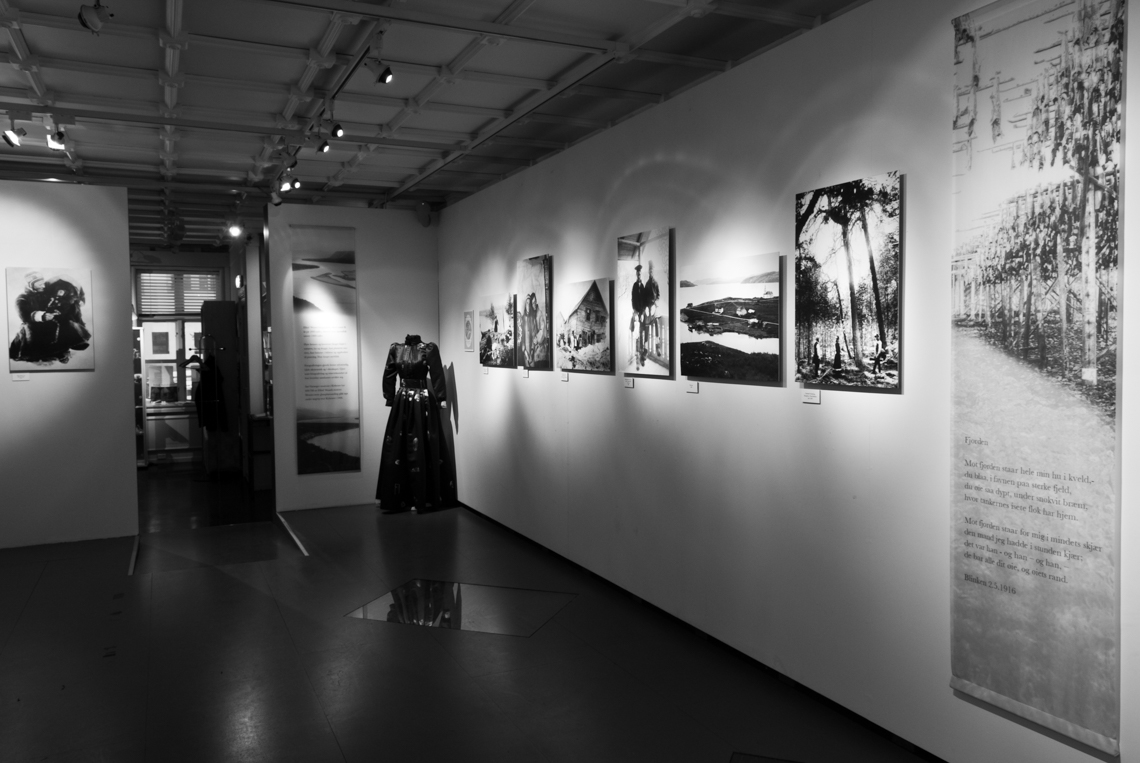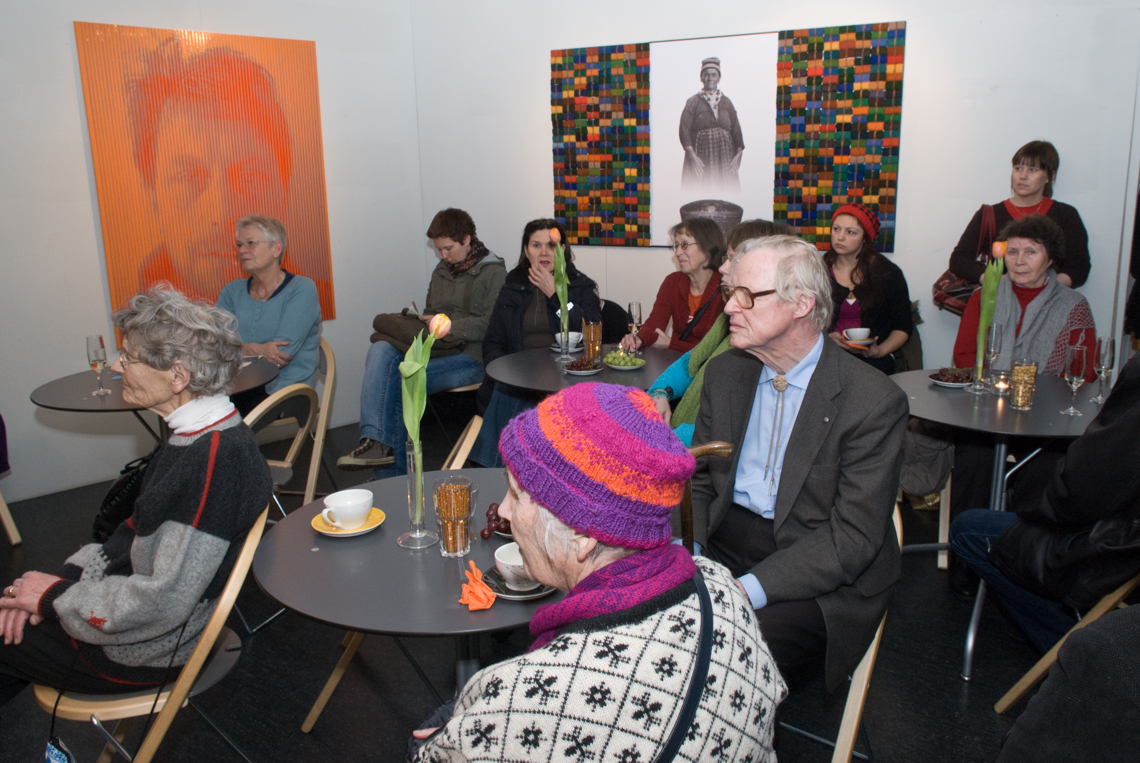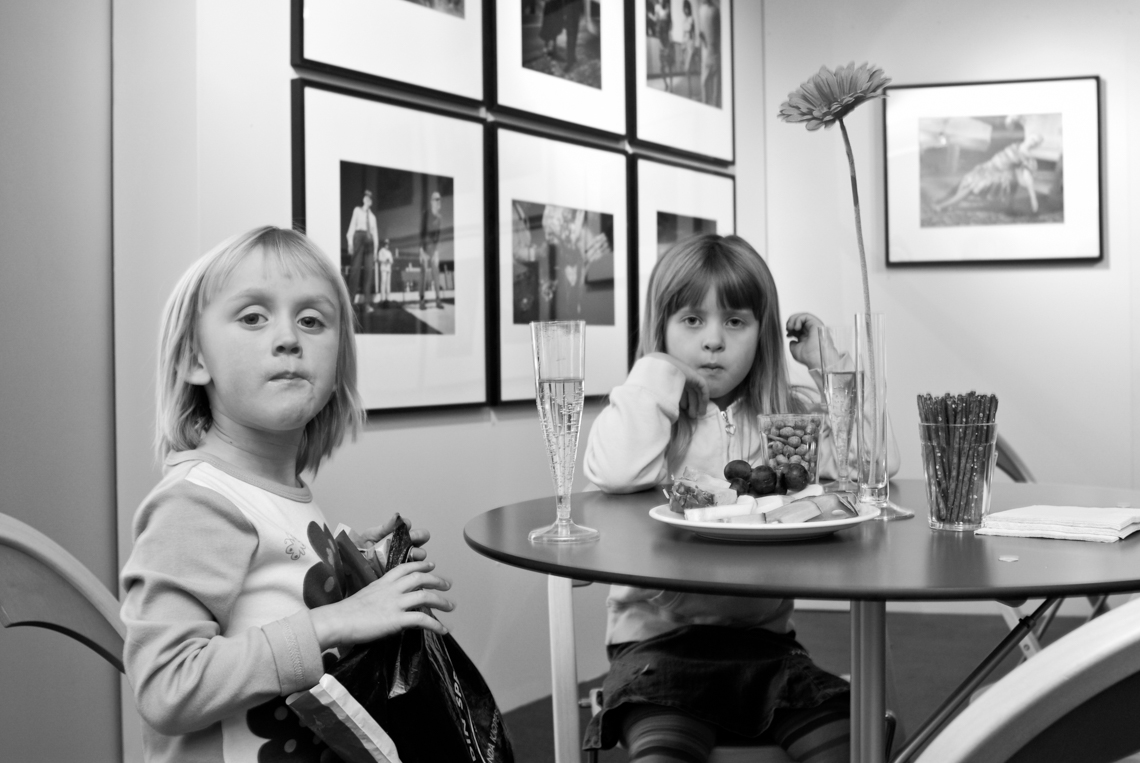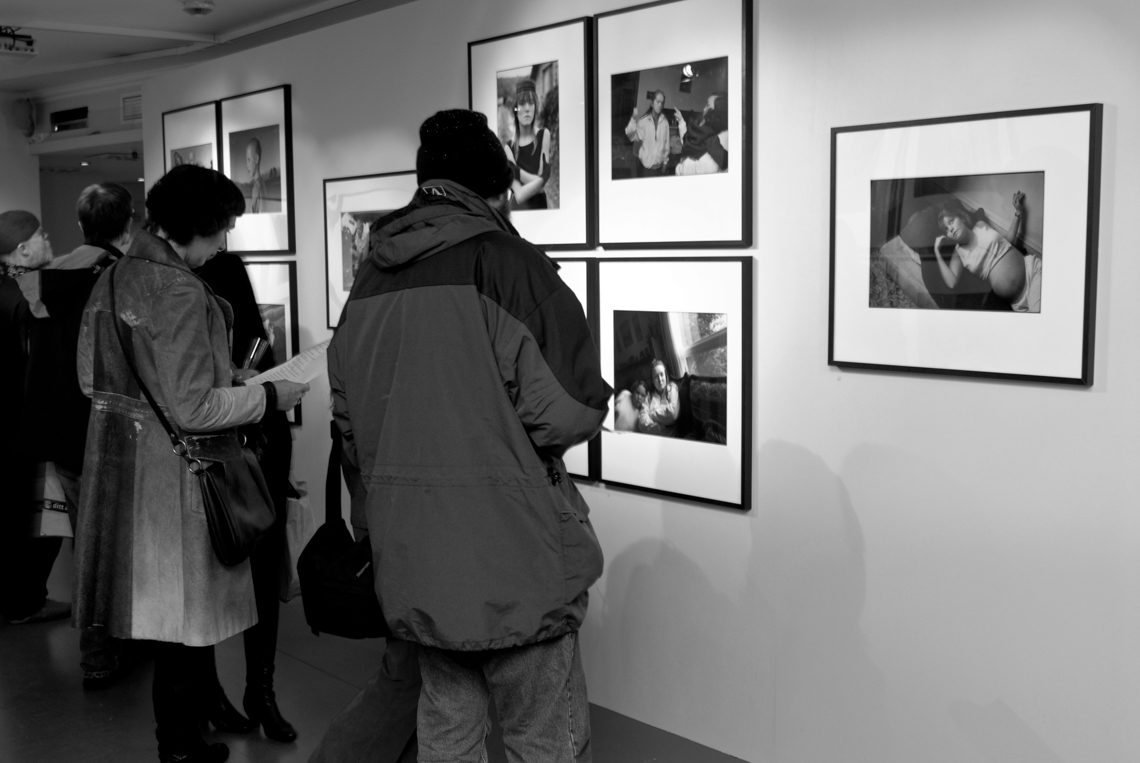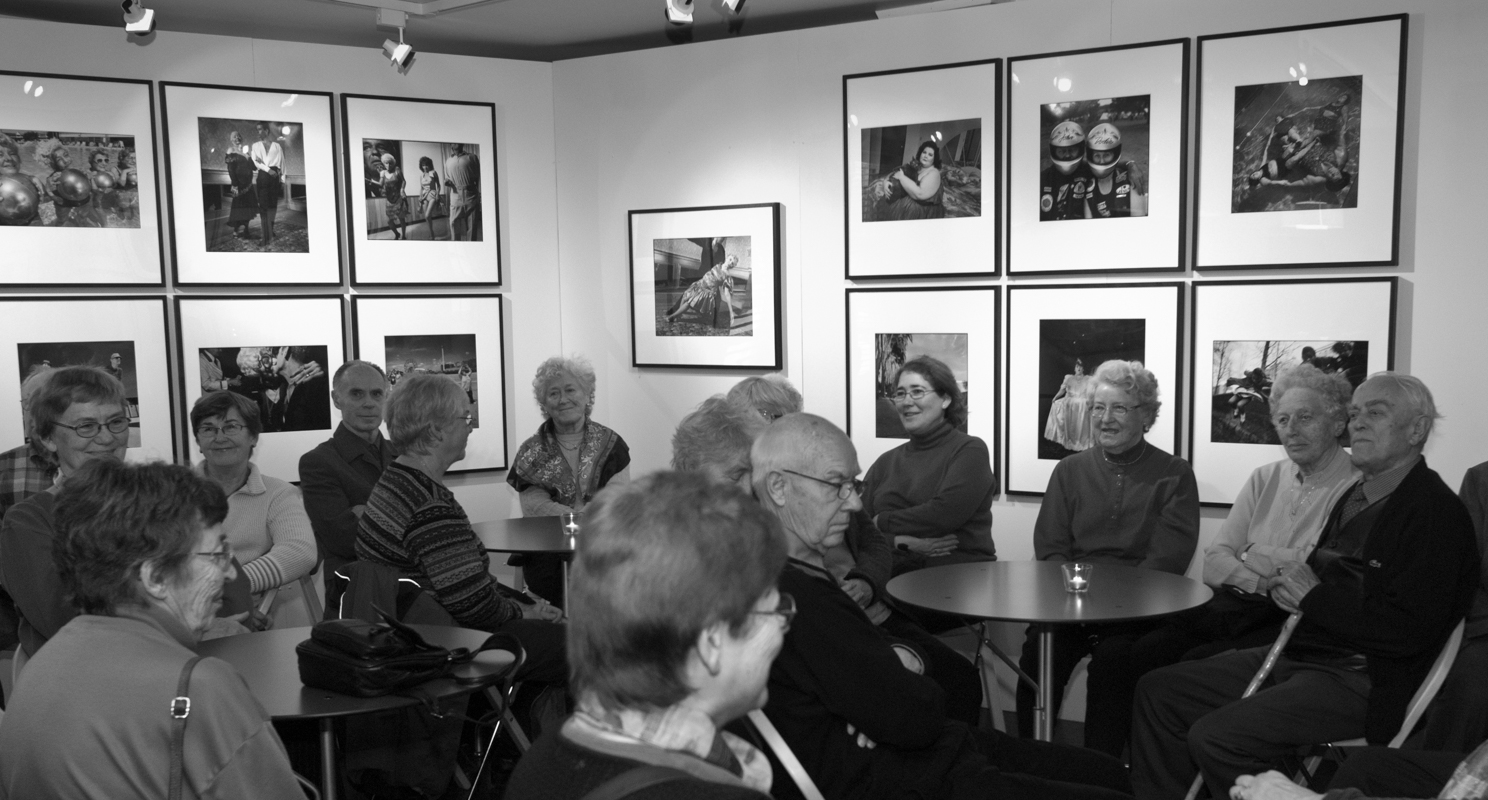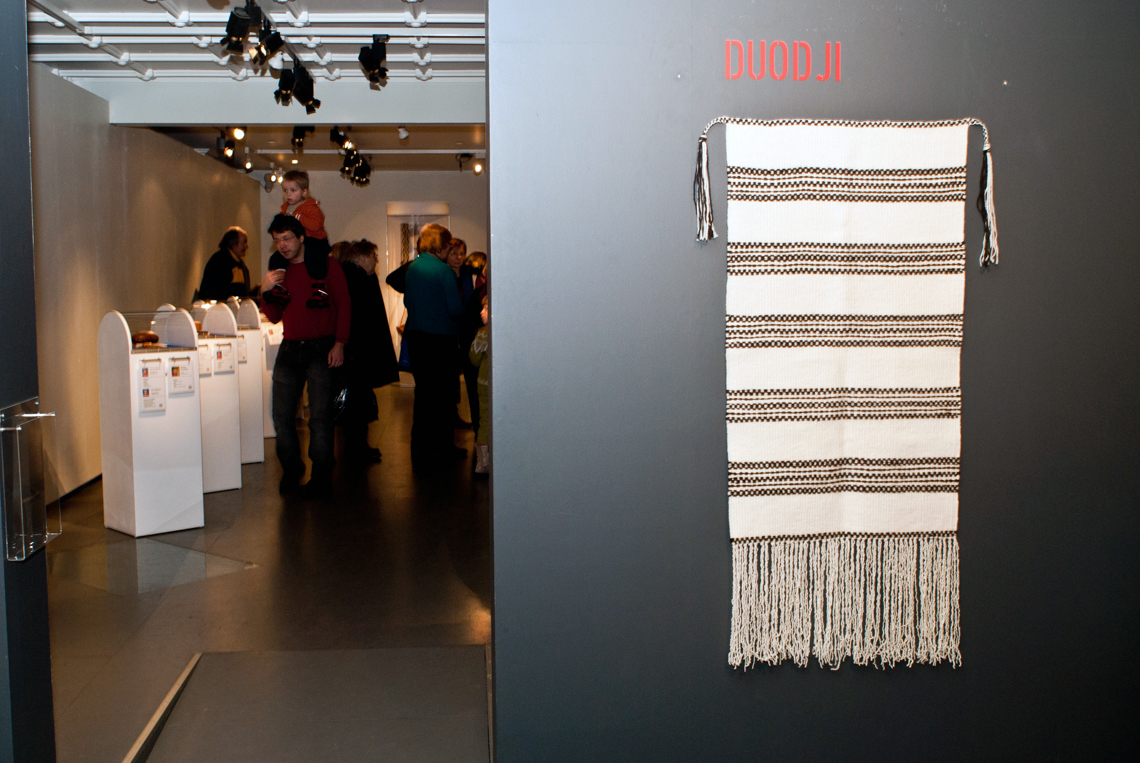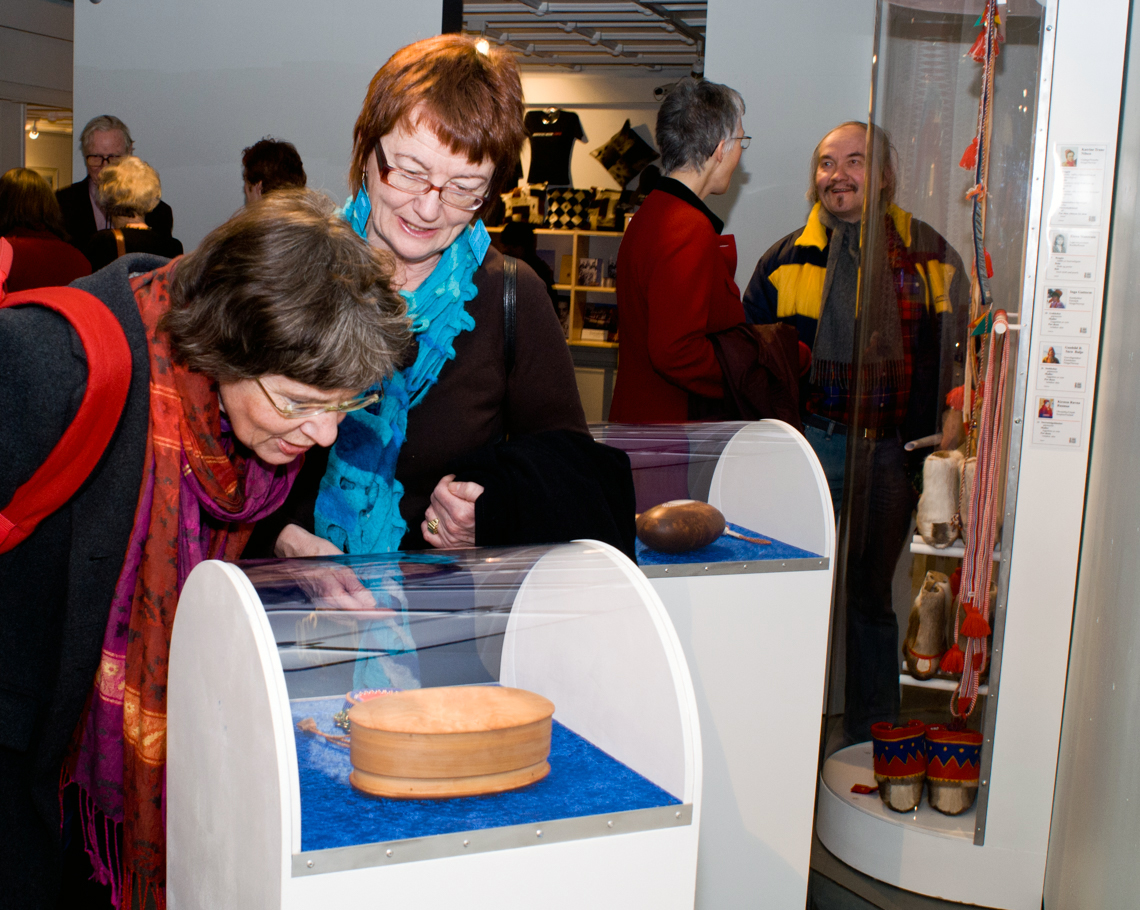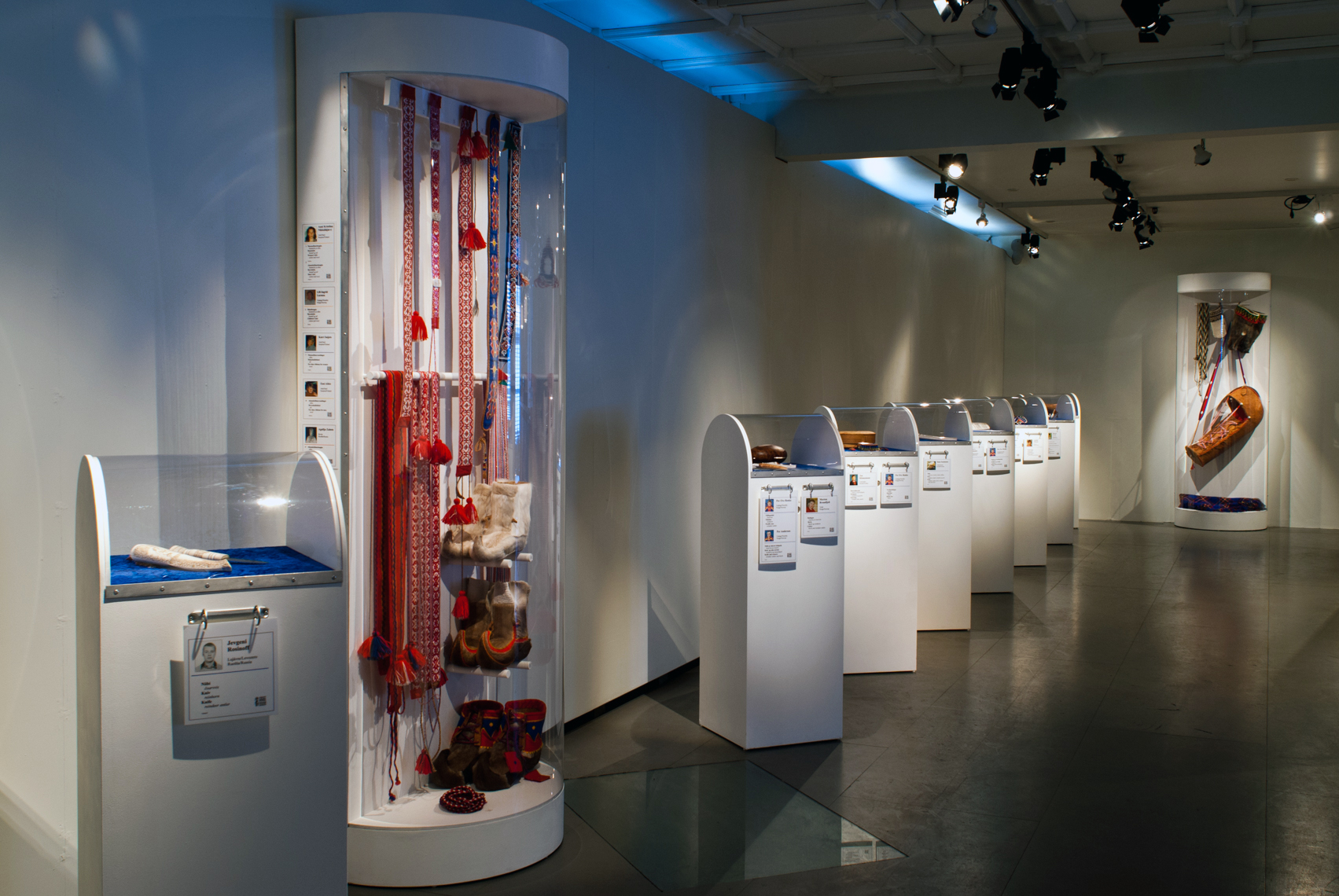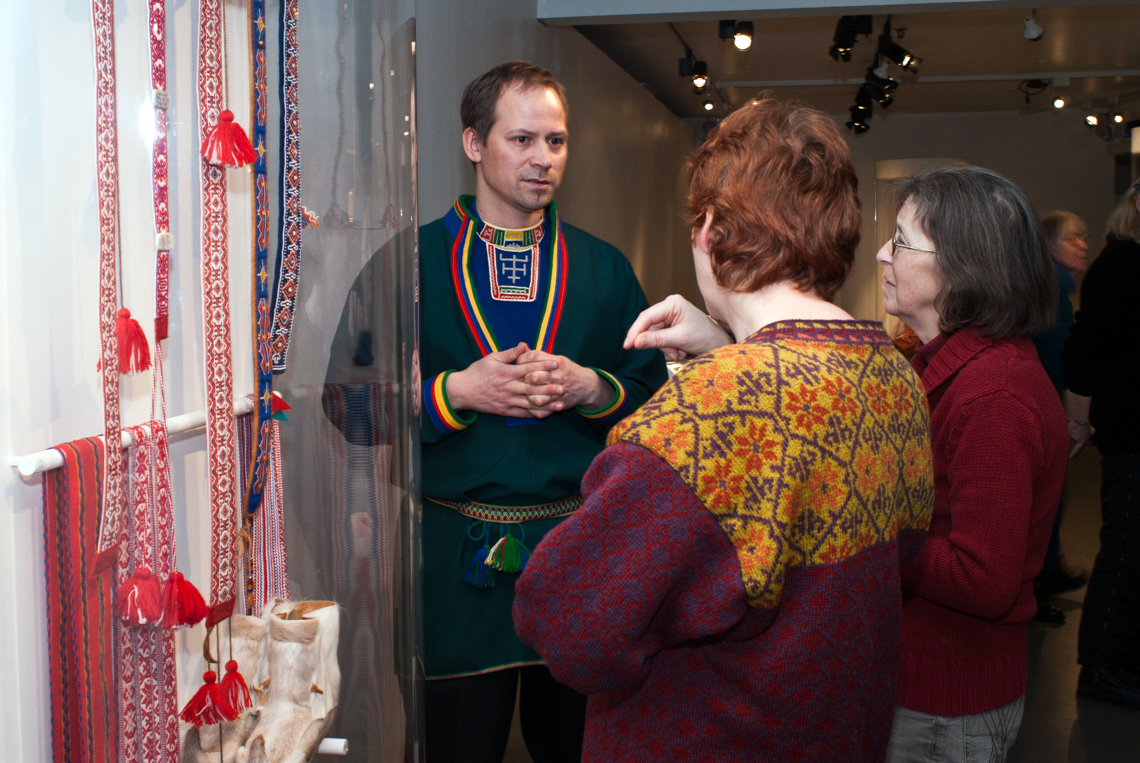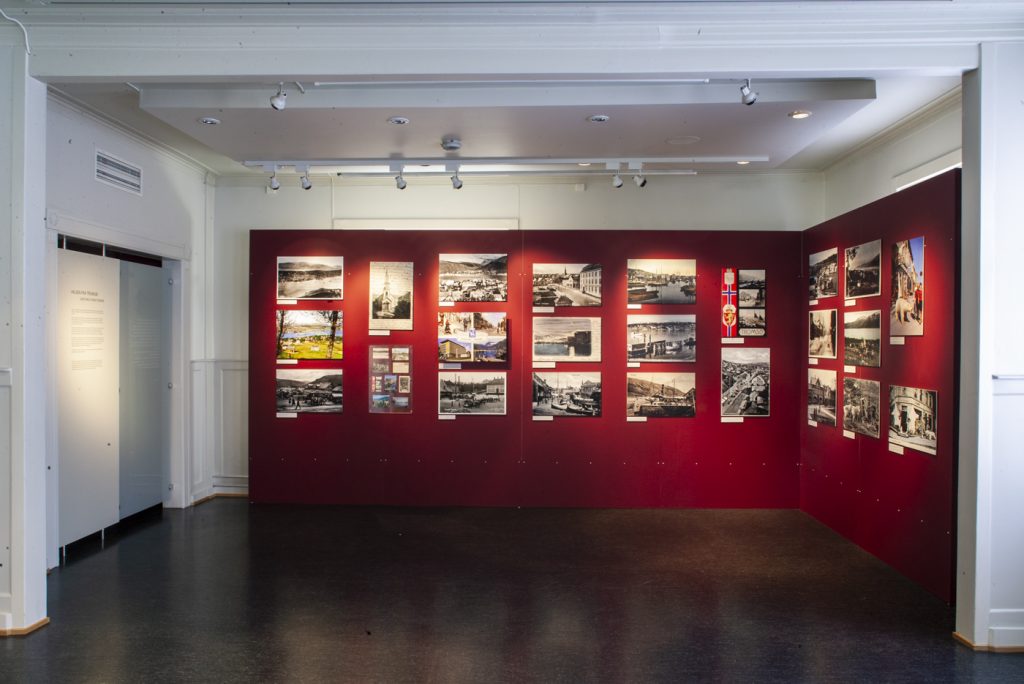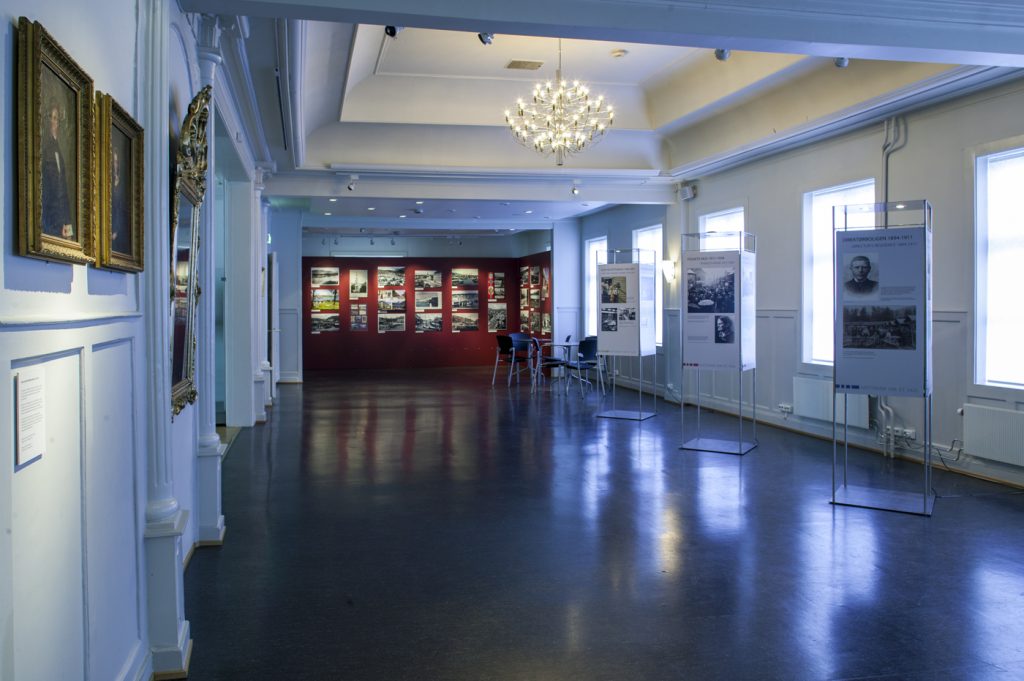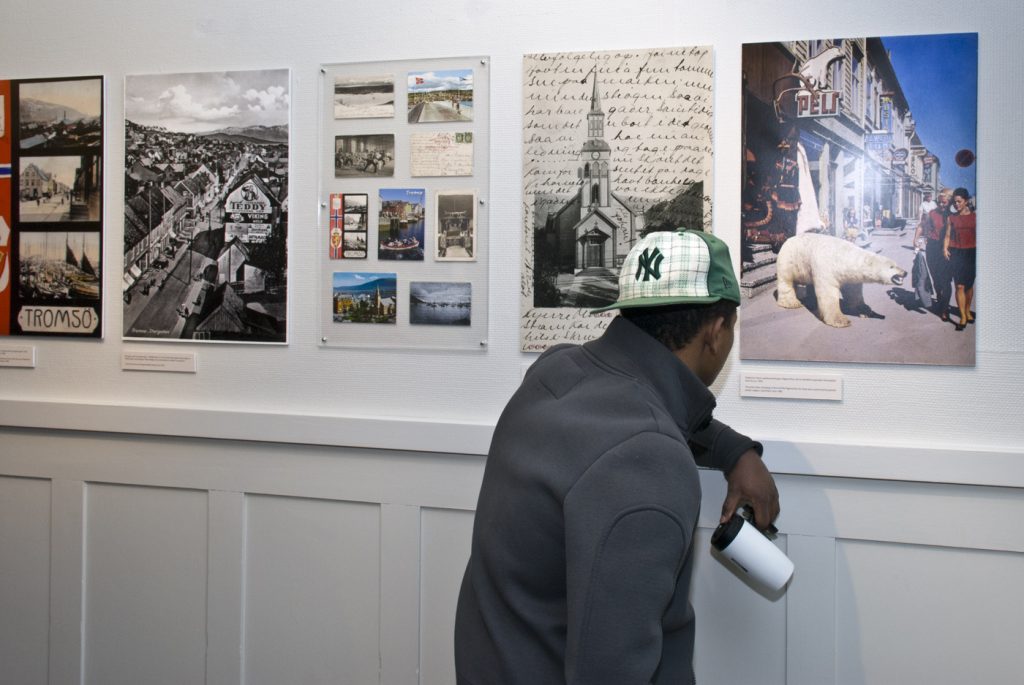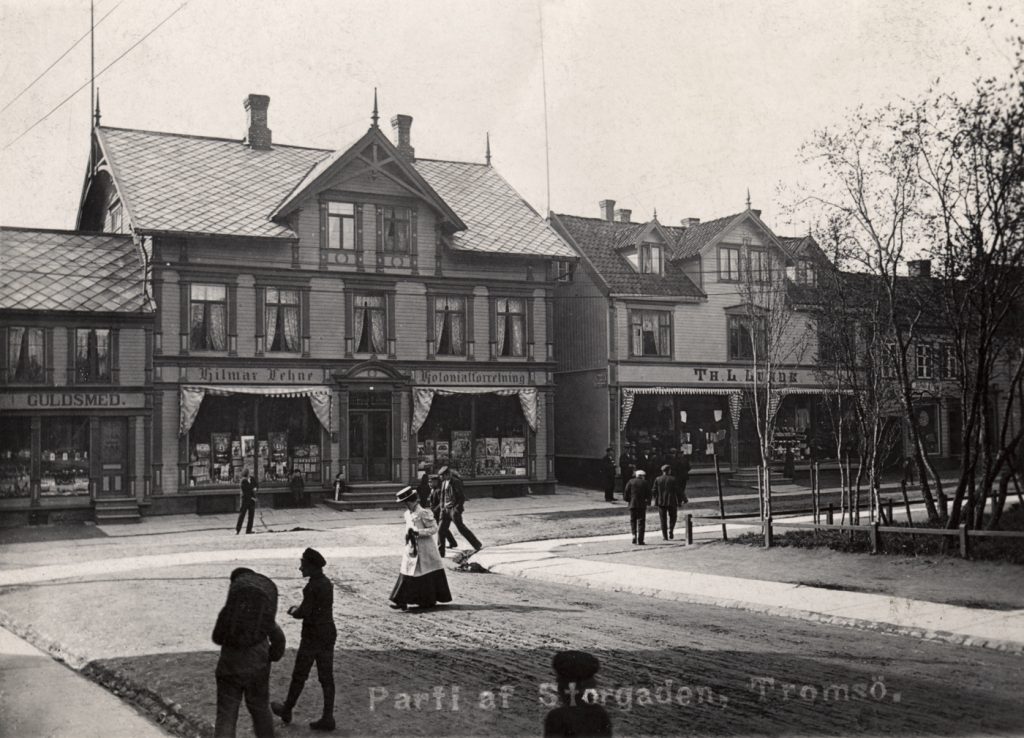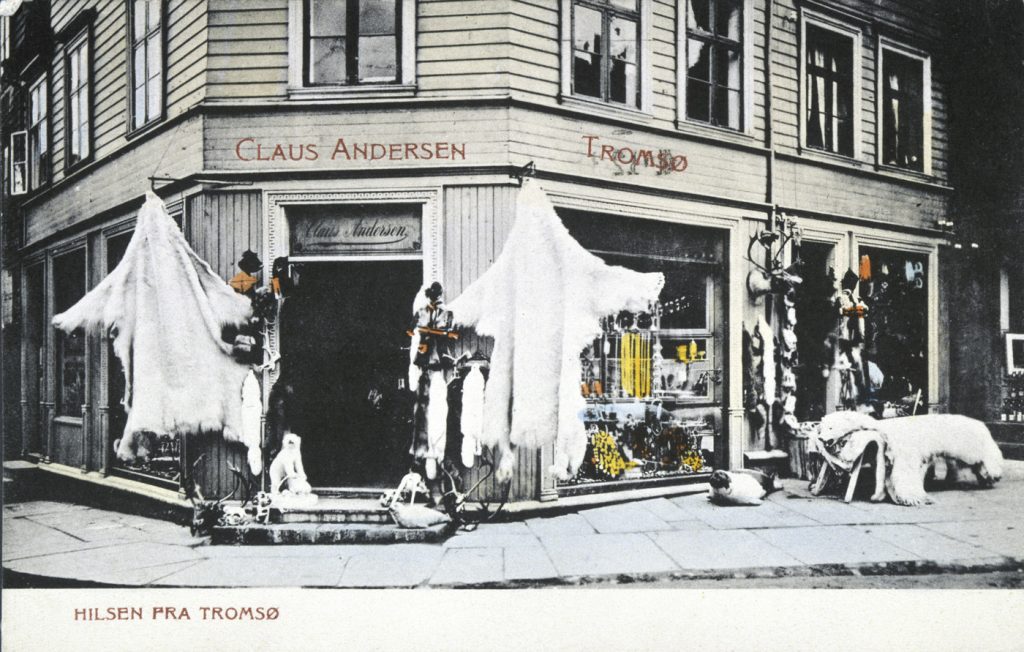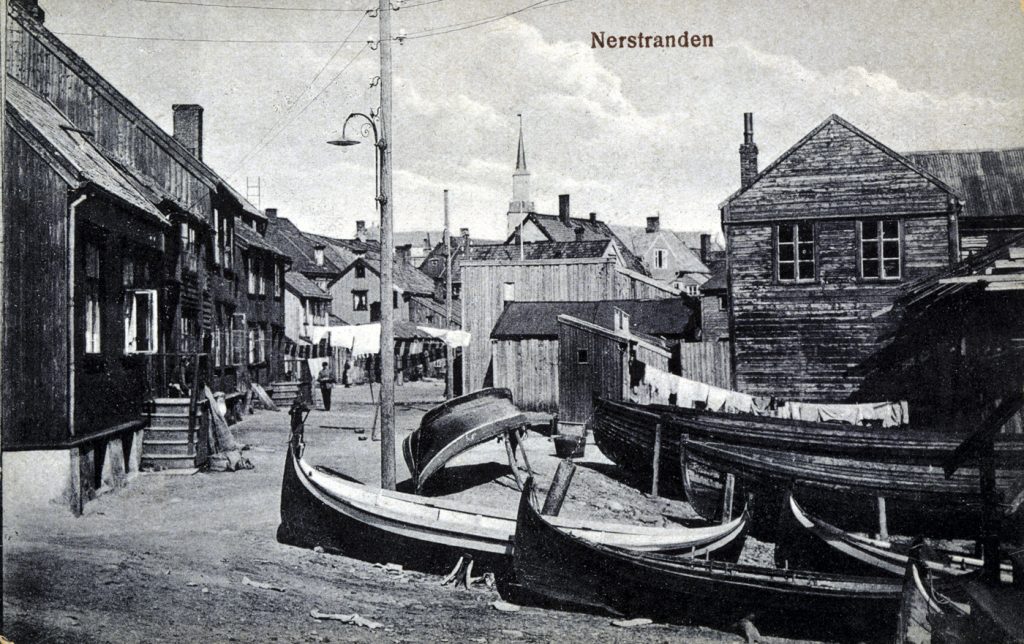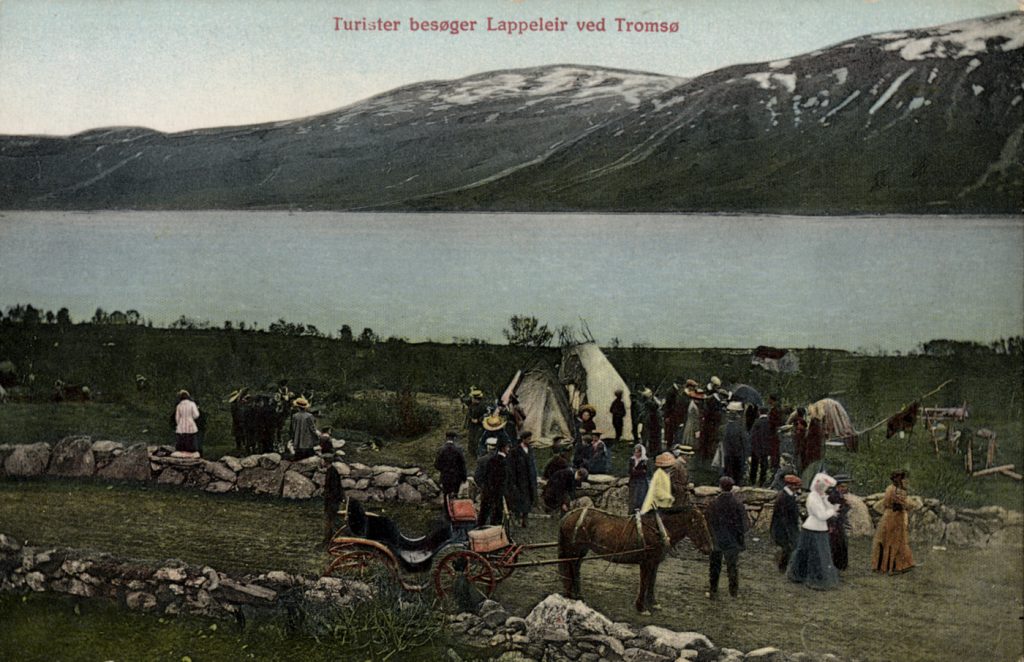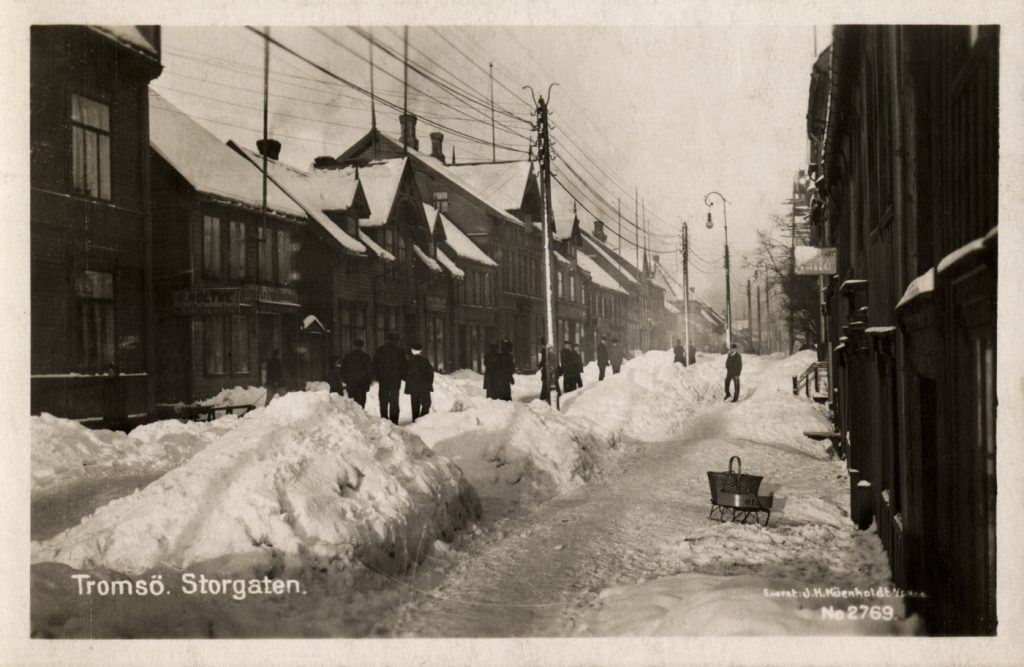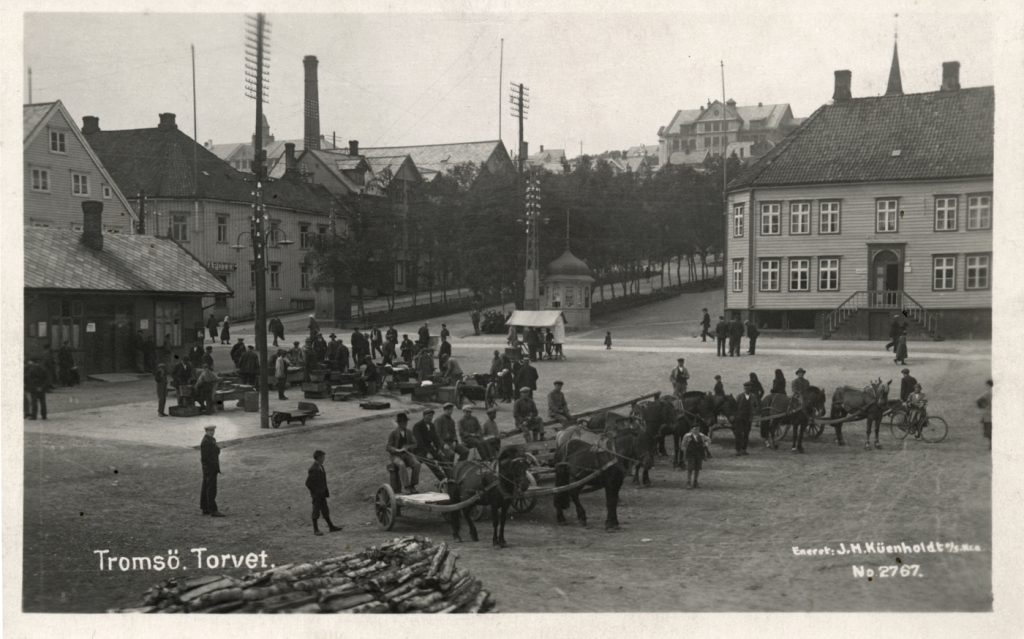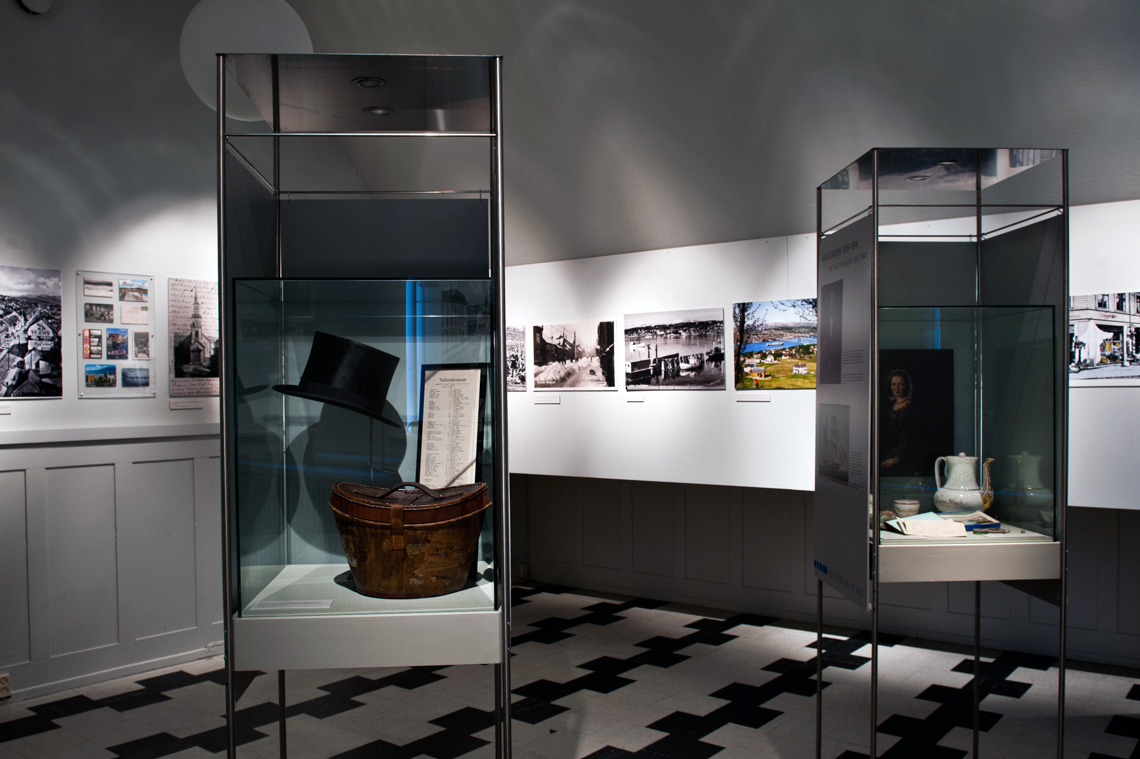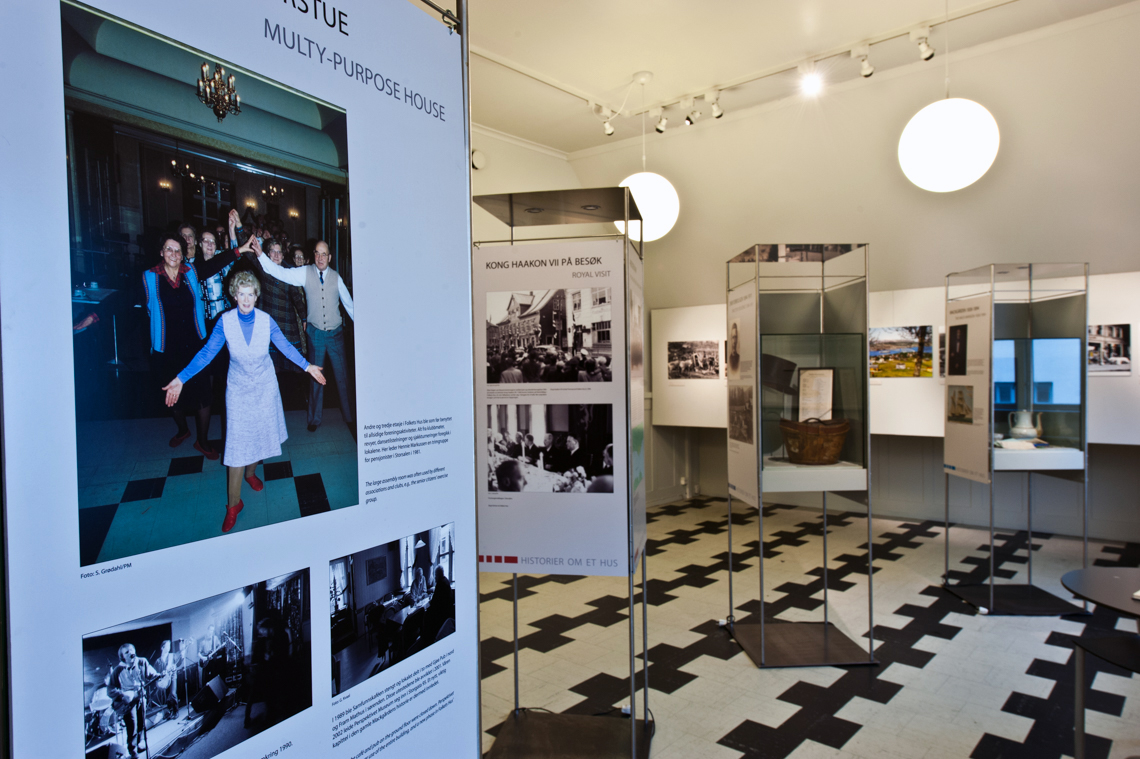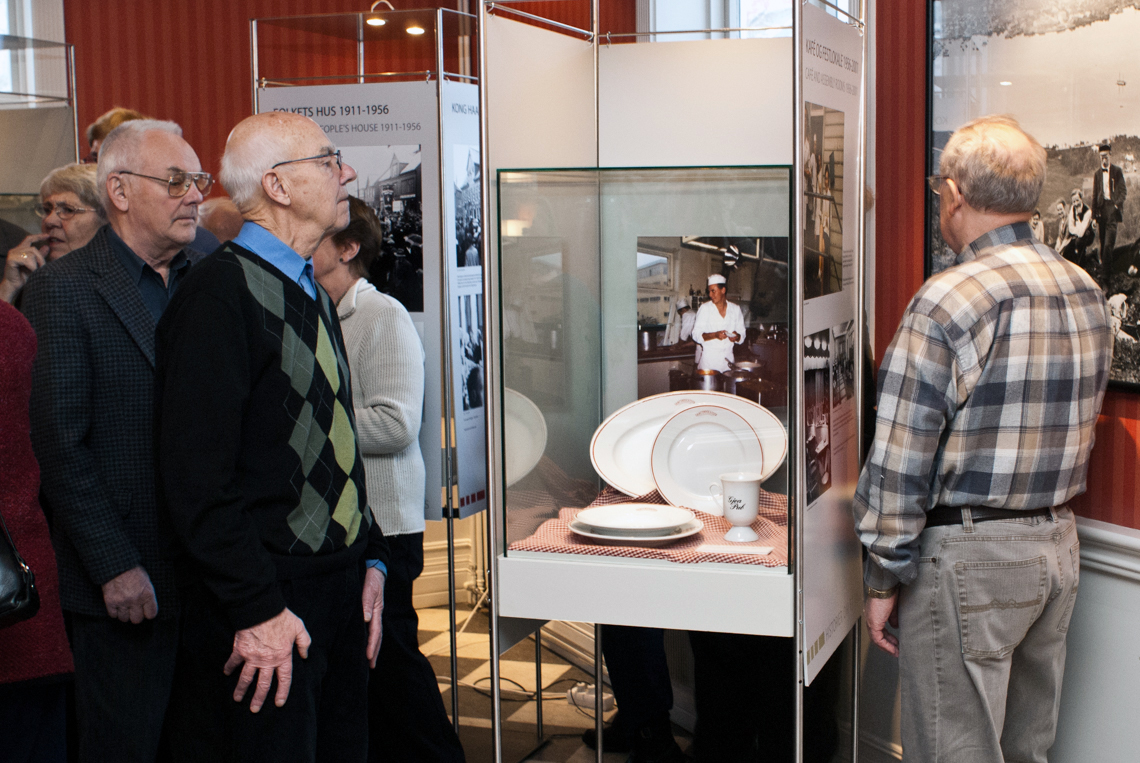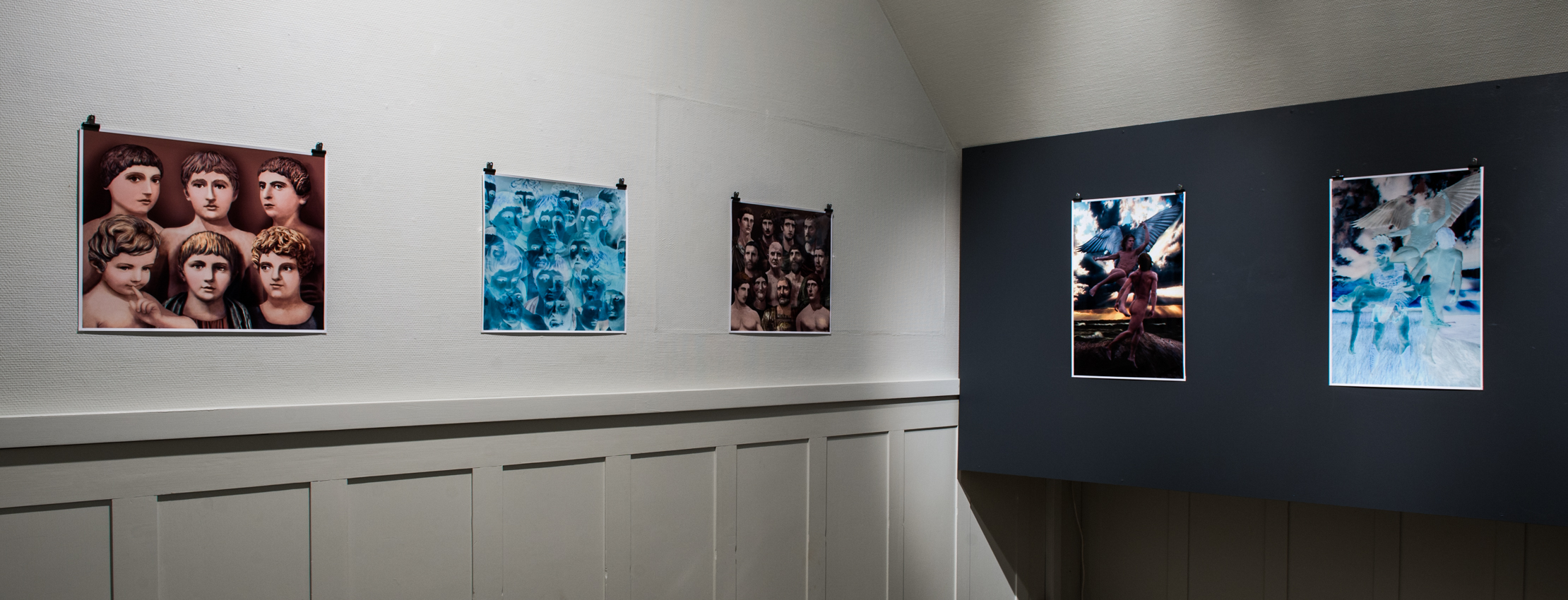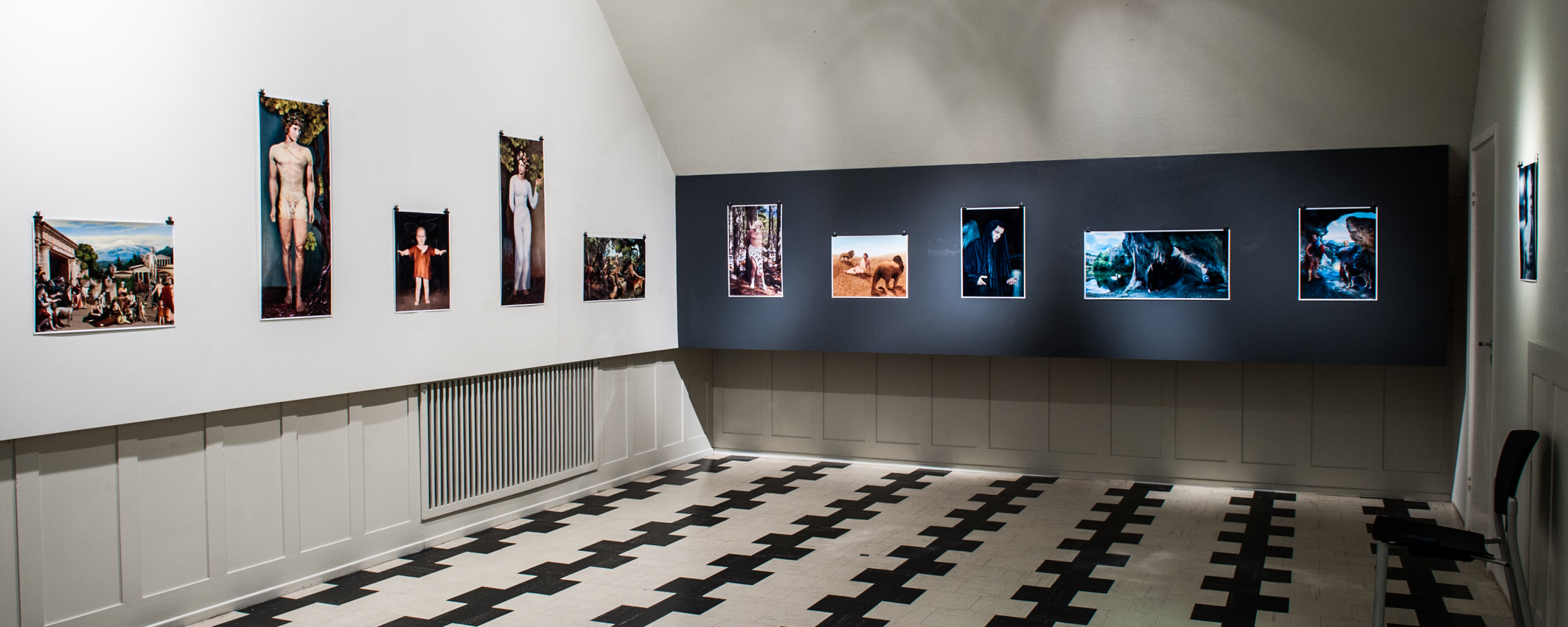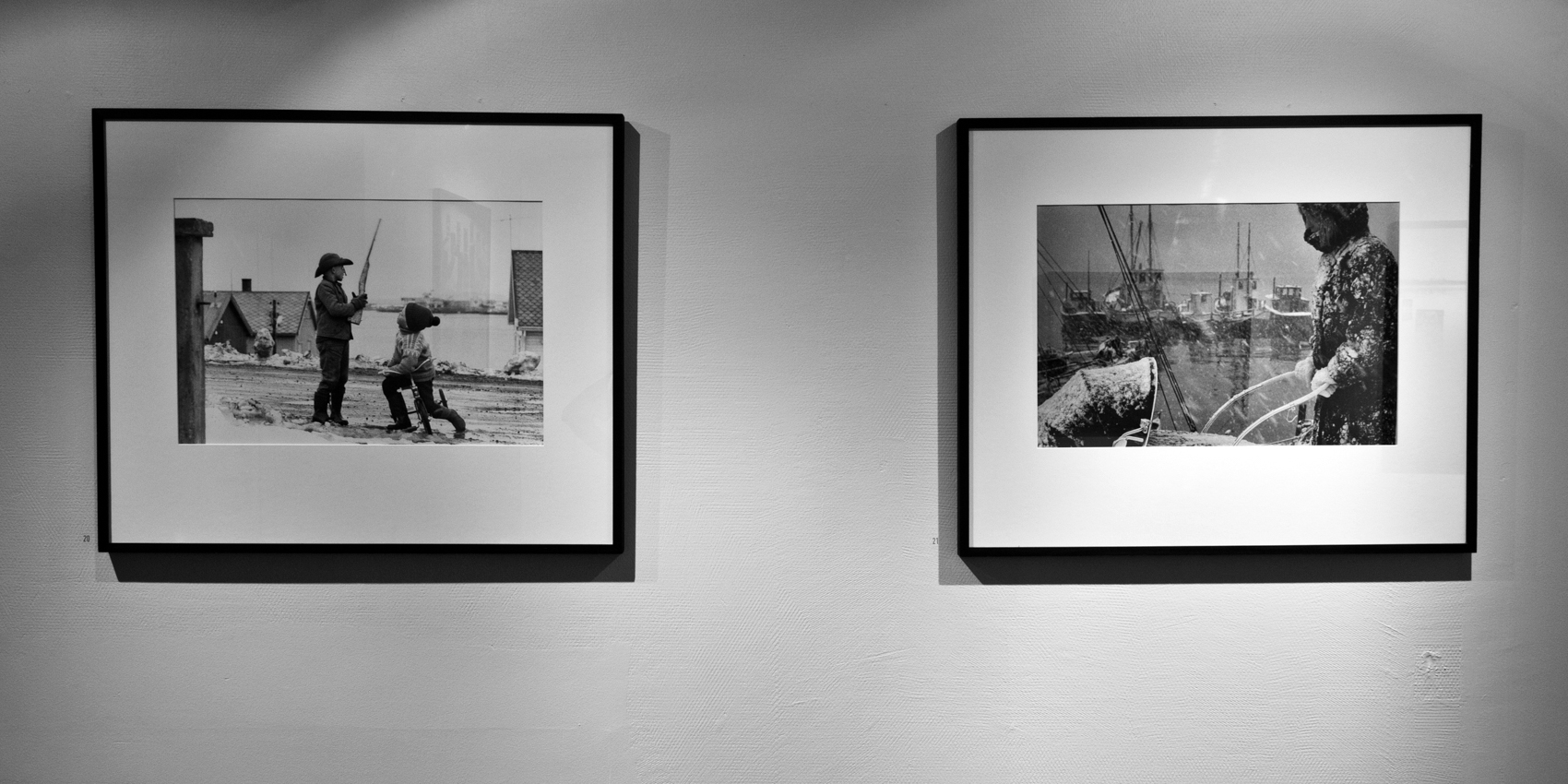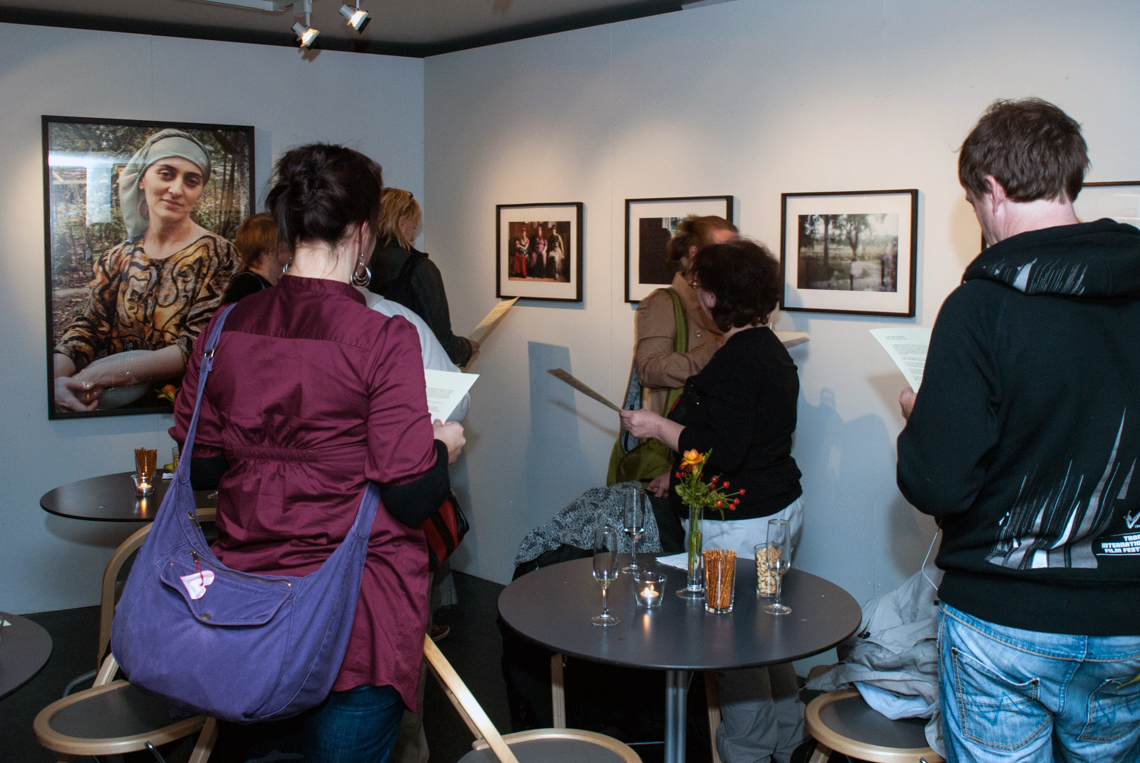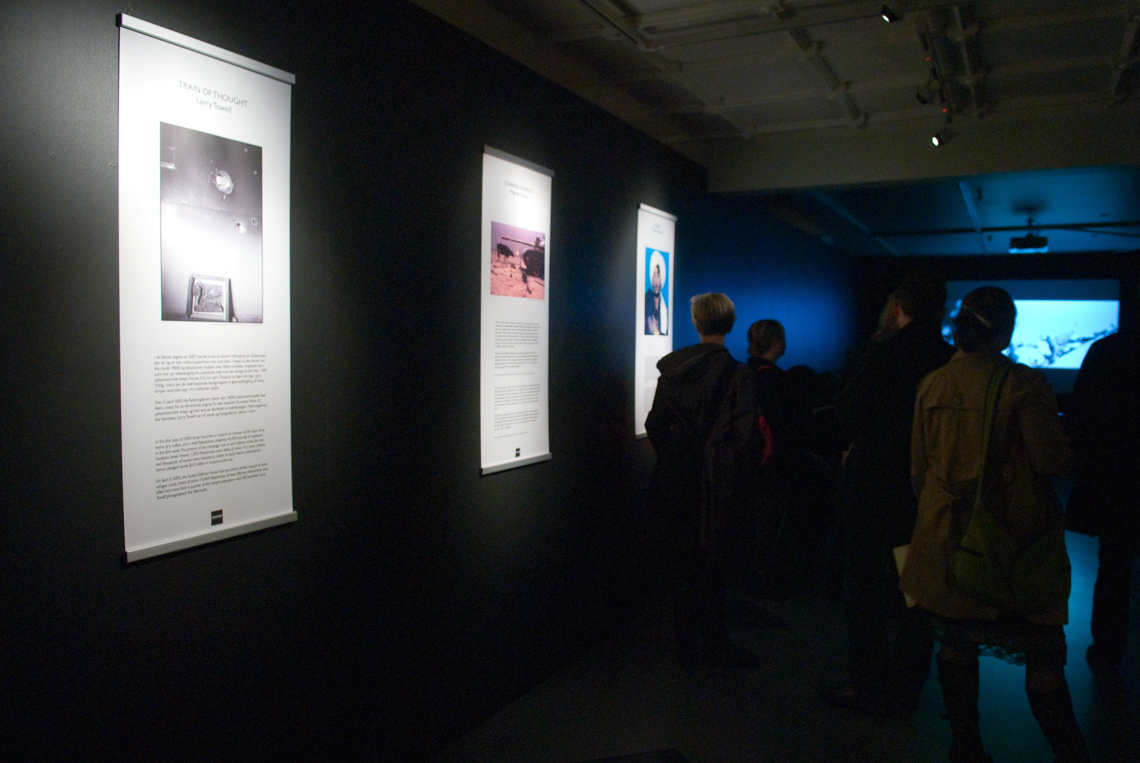Perspektivet Museum is putting on the exhibition ”Ellisif Wessel – You ask for my photograph,” a travelling exhibition from the publishing firm Orkana. This exhibition is one of two that is being held in conjunction with Sámi Week 2008.
Photo pioneer, trade union activist, newspaper debater, author and communist Ellisif Wessel (1866-1949) documented a Finnmark in change through the lens of her camera. Finnmark around the turn of the 20th century was in a turmoil of change and experienced a clash of cultures – a meeting of five tribes. The photographs were taken throughout a life full of contrasts across a boundless landscape. Her photos are a unique source for getting acquainted with the Finnmark that disappeared when Germany put into effect its ”scorched earth policy” during World War II.
Ellisif Wessel got involved in people’s living conditions in Finnmark, and became known for her significant political and social commitment. She accompanied her husband on his journeys as a doctor, and was a skilled photographer.
These pictures are from the Sør-Varanger Museum’s photo collection. Ellisif Wessel left between 600 and 700 motifs. Her glass panel collection was destroyed when Kirkenes was bombed; but thanks to her having sent photo albums to friends and family throughout the country, quite a few motifs have been preserved and copied.
A book has also been published with the same title in the same project. The exhibition contains 35 motifs in large format, and the book contains around another 220.
